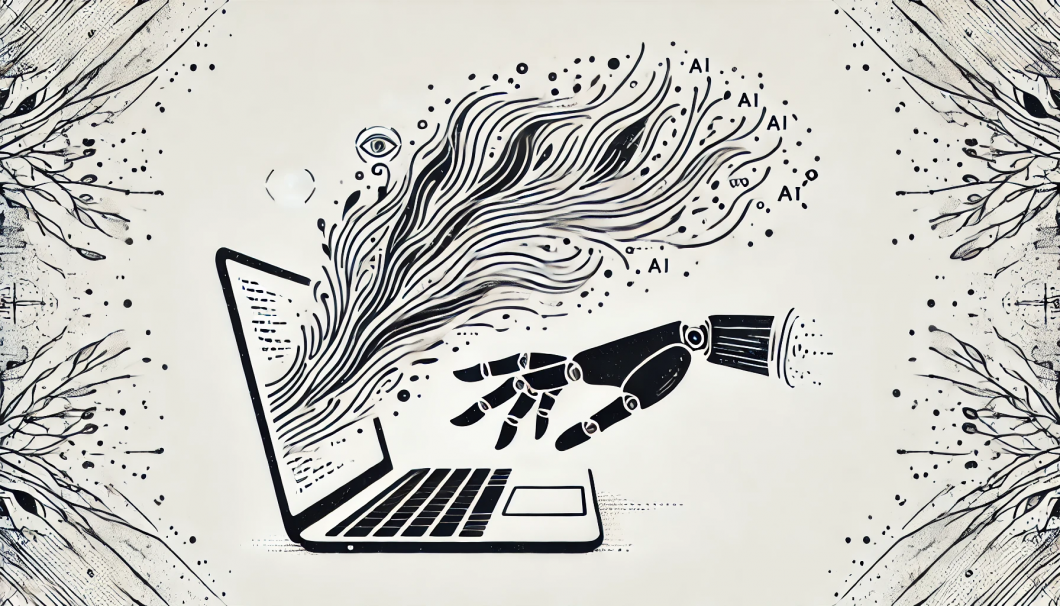While most developers are familiar with AI-powered code completion tools like GitHub Copilot and ChatGPT, the true potential of Large Language Models (LLMs) in software development goes far beyond simple code generation. AI is now transforming how we design, optimize, and manage software in ways that many haven’t fully explored yet.
AI as an Architectural Decision-Maker
Traditionally, software architects rely on their experience to choose between monolith vs. microservices, event-driven vs. request-response models, and SQL vs. NoSQL databases. However, AI can now analyze real-world performance metrics, scalability needs, and failure patterns to recommend architecture best suited for a given application.
Instead of guessing, developers can provide system constraints to an AI model, which then suggests the best architecture based on similar high-performing applications.
AI-Driven Code Refactoring for Maintainability
Most developers refactor code based on intuition or company guidelines, but AI can detect bottlenecks, suggest design pattern improvements, and even rewrite legacy code to improve maintainability.
Example:
- AI tools like Refact.AI or Facebook’s Aroma analyze codebases and suggest rewrites using best practices, improving readability, modularity, and efficiency.
- AI can convert monolithic code into microservices or automatically rewrite synchronous APIs into asynchronous event-driven systems where needed.
AI-Powered DevOps and Incident Response
AI is now helping DevOps teams predict and prevent outages before they happen. Instead of waiting for alerts, AI continuously monitors log files, metrics, and historical issues to detect patterns that lead to failures.
Example:
- Datadog’s AI Ops predicts system failures before they occur by detecting anomalies in traffic, response times, and server loads.
- AI can auto-remediate issues—such as spinning up new instances before a server crashes, or rolling back a faulty deployment automatically.
AI for Real-Time Code Benchmarking & Optimization
Instead of benchmarking code manually, AI can analyze execution performance, memory usage, and energy efficiency in real time. It can rewrite inefficient loops, optimize SQL queries, or suggest parallel processing where applicable.
Example:
- AI-driven optimization tools like Compiler AI optimize code at the compilation level, reducing execution time by automatically applying performance tweaks based on the underlying hardware.
AI in Regulatory Compliance & Security Reviews
AI is increasingly being used to enforce compliance with security standards (e.g., GDPR, HIPAA) by automatically scanning code and flagging violations. Instead of waiting for manual security audits, AI can embed compliance checks into CI/CD pipelines.
Example:
- Microsoft Security Copilot analyzes code for vulnerabilities before deployment and suggests secure alternatives.
- AI can automatically redact sensitive data in logs and enforce access control best practices dynamically.
AI in Continuous Learning & Reverse Engineering
Many enterprises are stuck with poorly documented legacy codebases. AI models can reverse-engineer undocumented software, generate functionality summaries, and even suggest test cases to improve maintainability.
Example:
- AI tools like Mojo and CodeQL can analyze codebases and extract meaningful insights even when documentation is missing.
- AI can convert COBOL code into modern programming languages like Java or Python with functional equivalence.
What’s Next?
As LLMs evolve, we will likely see self-healing software, where AI not only detects but fixes issues in real time. We may also witness AI-driven automated product management, where AI suggests features and roadmap priorities based on user behavior analysis.
For developers, the key is to go beyond simple code generation and explore how AI can enhance architecture, security, optimization, and DevOps in unprecedented ways. Those who integrate AI at deeper levels will outpace those who merely use it as an autocomplete tool.



